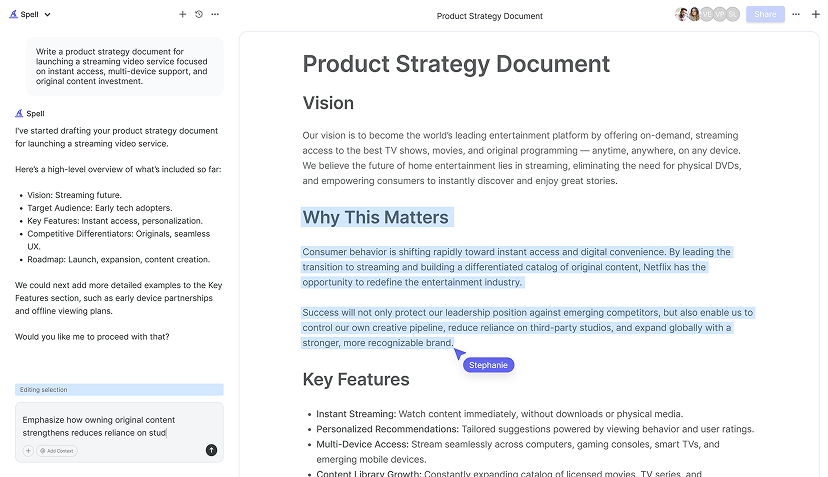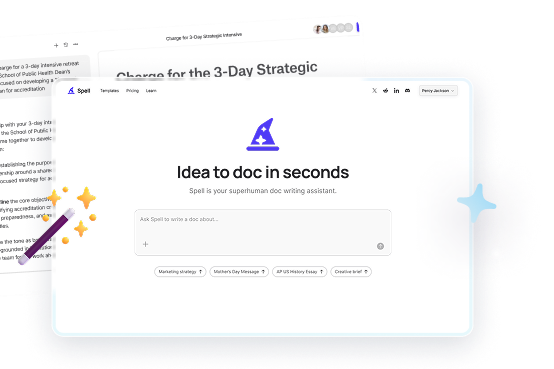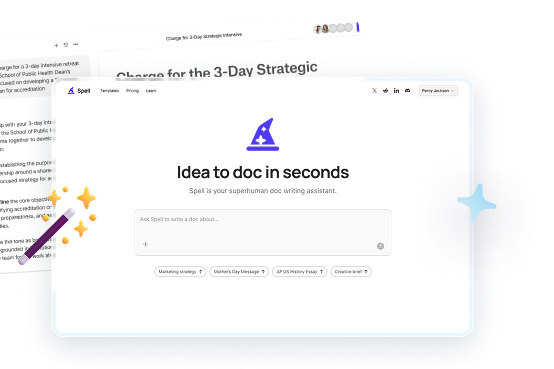Writing a 10-sentence paragraph might seem straightforward at first, but there's a bit of art and strategy to it. Whether you're crafting an essay, a report, or even a personal reflection, knowing how to construct a well-balanced paragraph can elevate your writing. Here, we'll break down the components of a successful 10-sentence paragraph and provide practical tips and examples to help you express your ideas clearly and effectively.
The Importance of Structure in Paragraph Writing
Think of a paragraph as a mini-essay. It has a beginning, middle, and end, each serving a specific purpose. The structure of a paragraph not only helps convey your message but also keeps the reader engaged. Without structure, your ideas might come across as jumbled or unclear, and you risk losing your audience. A well-structured paragraph typically includes a topic sentence, supporting details, and a concluding sentence. These elements work together to guide the reader through your thoughts and make your writing more compelling.
Consider this example:
The benefits of regular exercise extend beyond physical health. Firstly, engaging in physical activity can significantly improve mental health by reducing symptoms of depression and anxiety. Additionally, exercise boosts brain function and memory, contributing to cognitive longevity. Moreover, it enhances sleep quality, allowing for better rest and recovery. Regular physical activity also fosters social connections, whether through team sports or group fitness classes. Furthermore, it builds discipline and can increase self-esteem as individuals achieve their fitness goals. Exercise also plays a crucial role in weight management and reducing the risk of chronic diseases like diabetes and heart disease. Importantly, staying active can lead to an improved quality of life and increased lifespan. With these numerous benefits, incorporating regular exercise into one's routine is a wise decision. Overall, the impact of physical activity on holistic well-being is undeniable.
In this paragraph, each sentence builds on the last, supporting the central idea introduced in the topic sentence. The concluding sentence wraps up the discussion, reinforcing the opening statement.
Crafting a Strong Topic Sentence
The topic sentence is your paragraph's guiding star. It sets the tone and directs the reader's attention to the central theme you'll explore. Think of it as a promise to your reader: this is what you'll discuss in the following sentences. A strong topic sentence is clear, concise, and specific. It provides a snapshot of your paragraph's main idea without revealing all the details.
For instance, if you're writing about the impact of technology on education, your topic sentence might be:
Technology has transformed the educational landscape, making learning more accessible and engaging.
This sentence introduces the general topic and hints at the positive changes technology brings to education. It sets up the reader for the details and examples that will follow.
Building Supporting Sentences with Relevant Details
With your topic sentence in place, it's time to flesh out your paragraph with supporting sentences. These are the heart of your paragraph, providing the evidence, examples, and explanations that back up your main idea. Each supporting sentence should connect logically to the topic sentence and build upon the previous point, creating a cohesive flow.
Imagine you're expanding on the topic sentence about technology in education. Your supporting sentences could include:
Online platforms have democratized access to high-quality educational resources, allowing students from diverse backgrounds to learn at their own pace. Interactive tools and virtual simulations make complex subjects like science and mathematics more understandable and engaging. Additionally, technology facilitates personalized learning experiences by tailoring content to individual student needs.
These sentences provide specific examples and explanations that illustrate how technology enhances education, directly supporting the topic sentence.

Using Transitions to Ensure Flow
Transitions are the glue holding your paragraph together, helping to ensure a smooth transition from one idea to the next. They guide the reader through your argument or narrative, preventing the writing from feeling choppy or disjointed. Effective transitions can be as simple as words like "firstly," "additionally," "however," or phrases like "on the other hand" and "as a result." They create a logical progression in your paragraph, making it easier for the reader to follow your train of thought.
Continuing with our example:
Firstly, online platforms have democratized access to high-quality educational resources, allowing students from diverse backgrounds to learn at their own pace. Additionally, interactive tools and virtual simulations make complex subjects like science and mathematics more understandable and engaging.
Here, "firstly" and "additionally" serve as signposts, indicating that more examples and reasons are coming up, thereby maintaining the paragraph's flow.
Incorporating a Concluding Sentence
The concluding sentence wraps up your paragraph, reinforcing the main idea presented in the topic sentence. It's your chance to leave a lasting impression on the reader and provide a sense of closure. An effective concluding sentence doesn't just repeat the topic sentence but synthesizes the supporting details to emphasize the paragraph's significance.
For example:
Overall, technology's role in education is undeniably transformative, offering students unprecedented opportunities for personalized learning and engagement.
This sentence ties back to the topic sentence while encapsulating the paragraph's main points, leaving the reader with a clear understanding of the paragraph's purpose.
Balancing Length and Depth
Writing a 10-sentence paragraph strikes a balance between brevity and depth. You have enough space to explore your ideas thoroughly while maintaining the reader's attention. However, it's important to avoid unnecessary repetition or filler content. Each sentence should serve a purpose, either by introducing a new idea or expanding on an existing one.
Let's take a closer look at how Spell can help with this task. With Spell, you can quickly draft your paragraph and then use AI to refine and enhance your ideas. By highlighting text and asking Spell to clarify or expand on certain points, you can ensure that each sentence contributes to the overall message of your paragraph without redundancy.

Staying Focused on the Main Idea
A well-crafted paragraph stays laser-focused on its main idea. It can be easy to veer off-topic, especially when you're passionate about the subject. To maintain focus, regularly refer back to your topic sentence and ensure each supporting sentence aligns with it. Avoid introducing tangential ideas that might distract from the central theme.
If you're writing about the benefits of reading, for instance, and your topic sentence is:
Reading regularly enhances cognitive function and emotional intelligence.
Your paragraph might include sentences about improved vocabulary, empathy development, and critical thinking skills. However, discussing unrelated topics like the history of books would detract from the paragraph's focus.
Expert Tips for Crafting Engaging Paragraphs
To elevate your paragraph writing even further, consider these expert tips:
- Vary your sentence structure: Mix short, punchy sentences with longer, more complex ones to create rhythm and maintain interest.
- Use active voice: It makes your writing more direct and dynamic. Instead of saying, "The ball was thrown by John," say, "John threw the ball."
- Incorporate a mix of evidence types: Use statistics, anecdotes, and quotes to add depth and variety to your supporting details.
- Revise and refine: Don't be afraid to edit your paragraph multiple times. Each revision can bring clarity and precision to your writing.
For those who find editing challenging, Spell offers the perfect solution. By using AI to suggest improvements, you can refine your paragraph with ease, ensuring clarity and coherence throughout.


Common Pitfalls to Avoid
Even experienced writers encounter pitfalls in paragraph writing. Here are some common traps and how to avoid them:
- Overloading with information: While it's important to provide sufficient detail, avoid cramming too much into one paragraph. Focus on one key idea per paragraph.
- Repetition: Repeating the same point can bore the reader. Make sure each sentence adds something new to the discussion.
- Weak transitions: Poor transitions can make your paragraph feel disjointed. Use transitional words and phrases to create a seamless flow.
- Wandering off-topic: Stay focused on your main idea. If a sentence doesn't support the topic sentence, consider removing it.
By keeping these pitfalls in mind, you can craft paragraphs that are both engaging and effective.
Enhancing Your Writing with Spell
As we've seen, writing a 10-sentence paragraph involves several steps, from crafting a strong topic sentence to providing relevant supporting details and using effective transitions. But what if you could streamline the process? With Spell, you can harness the power of AI to enhance your writing. Spell offers the ability to draft, refine, and perfect your paragraphs quickly, saving you time and effort. The collaborative features also allow for real-time editing, making it easier to polish your work to perfection.
Whether you're a student, professional, or simply someone who enjoys writing, Spell can help you create high-quality paragraphs with ease. Try it out and see how it can transform your writing process.
Final Thoughts
Writing a clear and engaging 10-sentence paragraph is a skill worth mastering. By focusing on structure, clarity, and coherence, you can effectively communicate your ideas and keep your readers engaged. And with Spell, you can take your writing to the next level, crafting paragraphs quickly and efficiently. Embrace the journey of improving your writing, and let Spell be your guide along the way.






